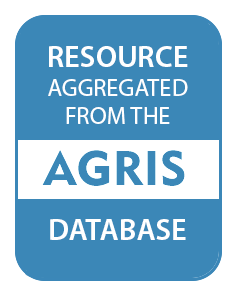Resource information
Invasive species are especially problematic when introduced into ecosystems with native congeners. The extent to which niches overlap in space determines whether the introduced species threatens the native one or the native species can escape competition or the effect of control. We compared the spatial distribution in relation to landscape and land-use/ land-cover variables of introduced and native Phragmites australis (common reed) in a landscape of protected freshwater wetlands in Quebec, Canada. Results showed that the wetlands still serve as refuges for native P. australis. At this stage of invasion, native and introduced P. australis occupy distinct spatial niches, the more abundant native type in low marsh and areas of lesser human impacts, the introduced one closer to roads and drier land covers. For now, native P. australis largely escapes competition, and the lack of spatial overlap could reduce opportunities for hybridization. Our study also suggests that invasion foci could still be controlled without endangering the native type. Whether the heterogeneous wetland conditions and the different spatial niches will be sufficient to allow long-term coexistence of native and introduced P. australis remains to be seen, but the situation needs to be closely monitored, especially in wetlands protected for biodiversity conservation.


